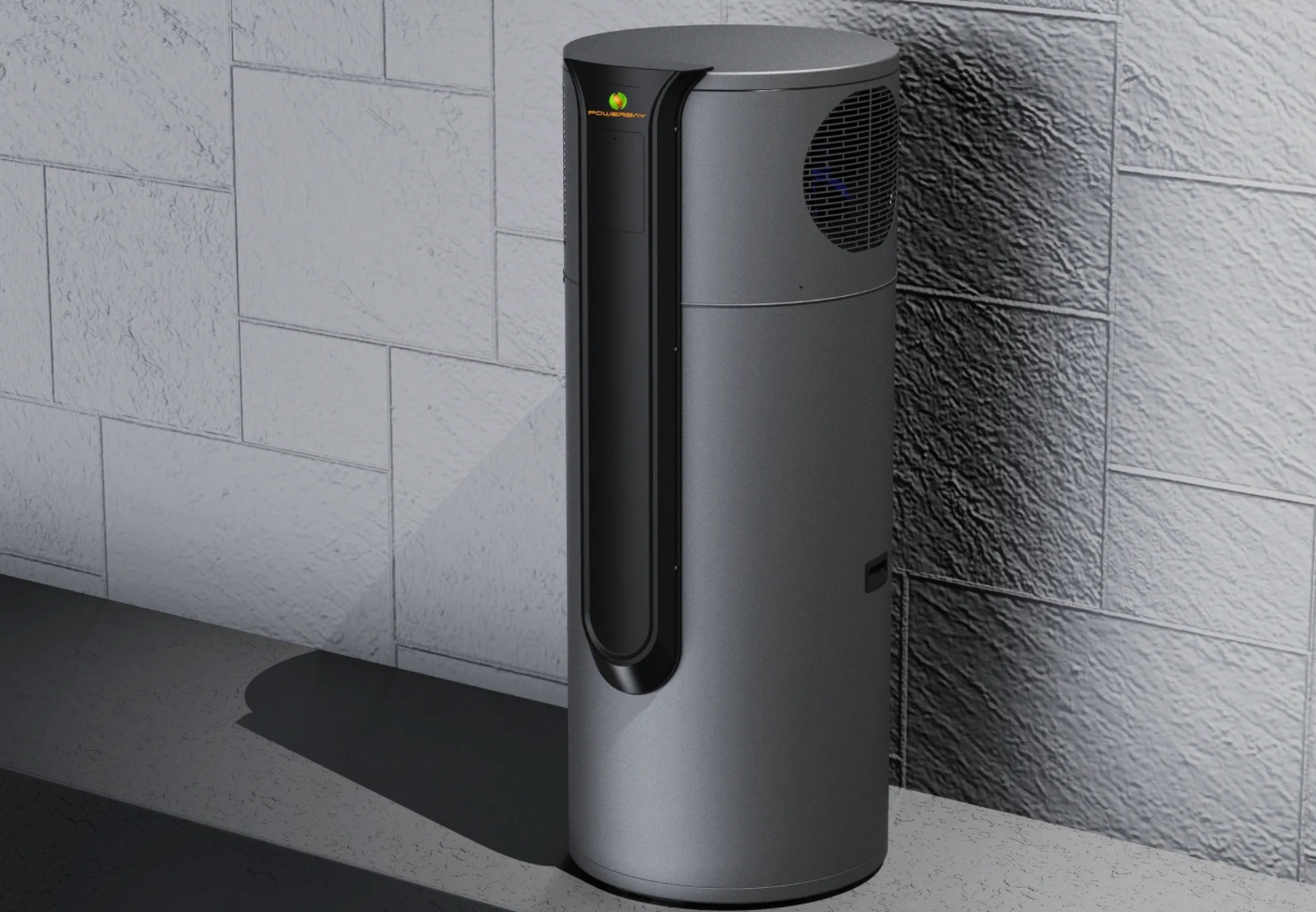Innovations in Solar Inverter Technology
Solar power inverters are often the unsung heroes of the solar industry. As a critical piece of your solar energy system, an inverter is responsible for converting direct current (DC) electricity from the solar panels into alternating current (AC) electricity, the energy source running the home or business.
In a solar energy system, an inverter is the primary piece of equipment that converts direct current (DC) electricity from your solar panels to alternating current (AC) electricity. Properly functioning, an inverter "inverts" the electricity in a series of small steps that allows your home or business to power its features. Because of the critical role that inverters fill, any signs of a faulty inverter should be addressed quickly to avoid a worsening problem.
Solar power inverters have progressed in leaps and bounds over the last 20 years, even though this design and its core functionality have actually been in place for decades. In recent years, the solar industry has become aware of not only the completed power inverter product but how it's been designed to be more than a box chilling out on the side of your house. The contemporary inverter promises to not only increase the efficiency of power conversion but they're also designed to increase the safety of the inverter package. The most significant evolution in inverters is the growth in storage-based inverters and software-based innovation. In the absence of new innovations, however, the future of solar will likely ground to a halt.
Here’s a closer look at the latest innovations in solar inverter technology and their impact on solar energy systems.
Enhanced Efficiency with MPPT
One of the key innovations in solar inverter technology is the improvement in Maximum Power Point Tracking (MPPT). MPPT is a feature that allows inverters to maximise the power output from solar panels by constantly adjusting the electrical load to find the optimal operating point. Newer inverters come with advanced MPPT algorithms that can track and adapt to changing environmental conditions more accurately, ensuring that the solar panels are always performing at their best.
Smart Inverters
Smart inverters are revolutionising the way solar energy systems interact with the grid. Unlike traditional inverters, smart inverters can communicate with the utility grid, providing real-time data and allowing for better grid management. They can help stabilise the grid by adjusting their power output during periods of high demand or when the grid is unstable. This capability is crucial as more renewable energy sources are integrated into the grid, ensuring a stable and reliable power supply.
Hybrid Inverters
Hybrid inverters are becoming increasingly popular as they combine the functions of a solar inverter and a battery inverter into one device. This integration allows homeowners to store excess solar energy in batteries for later use, providing greater energy independence and security. Hybrid inverters are also capable of managing energy flow between the solar panels, battery storage, and the grid, optimising energy usage and reducing reliance on traditional power sources.
Microinverters and Power Optimisers
Micro inverters and power optimisers are another set of innovations that are enhancing the performance of solar energy systems. Micro inverters are small inverters installed on each solar panel, allowing each panel to operate independently. This setup minimises the impact of shading, dirt, or damage on any single panel, improving the overall efficiency of the system. Power optimisers, on the other hand, are installed at the panel level to optimise the DC power before it reaches a central inverter, ensuring maximum energy harvest from each panel.
AI and Machine Learning Integration
The integration of artificial intelligence (AI) and machine learning (ML) into solar inverters is opening up new possibilities for predictive maintenance and performance optimisation. AI-powered inverters can analyse data from the solar system to predict potential issues before they occur, allowing for proactive maintenance. Machine learning algorithms can also optimise the operation of the inverter by learning from historical performance data and adjusting settings to maximise efficiency.
Improved Durability and Reliability
Modern solar inverters are designed to be more durable and reliable, with advanced cooling systems and better protection against environmental factors. These improvements extend the lifespan of inverters and reduce maintenance costs, making solar energy systems more cost-effective in the long run.
Enhanced Monitoring and Control
Advanced monitoring and control capabilities are now standard in modern solar inverters. Homeowners can monitor their solar energy system’s performance in real-time using mobile apps or web platforms, gaining insights into energy production, consumption, and savings. This level of control allows for better energy management and helps identify any issues early on, ensuring the system is always performing optimally.
The continuous advancements in solar inverter technology are significantly enhancing the efficiency, reliability, and versatility of solar energy systems. From improved MPPT algorithms and smart inverters to the integration of AI and machine learning, these innovations are making solar energy more accessible and effective for homeowners and businesses alike. By staying updated with the latest inverter technologies, you can ensure that your solar energy system is optimised for maximum performance and longevity.
Disclaimer: The information provided in this blog post is for general purposes only. While we strive to ensure the accuracy and reliability of the content, we make no representations or warranties of any kind, express or implied, about the completeness, accuracy, reliability, suitability, or availability of the information contained herein. Any reliance you place on such information is strictly at your own risk. We will not be liable for any loss or damage arising from the use of, or reliance on, the information presented in this blog post. It is always recommended to seek professional advice or conduct further research for specific situations or concerns. The inclusion of any links to external websites does not necessarily imply endorsement or support for the views expressed within them.


